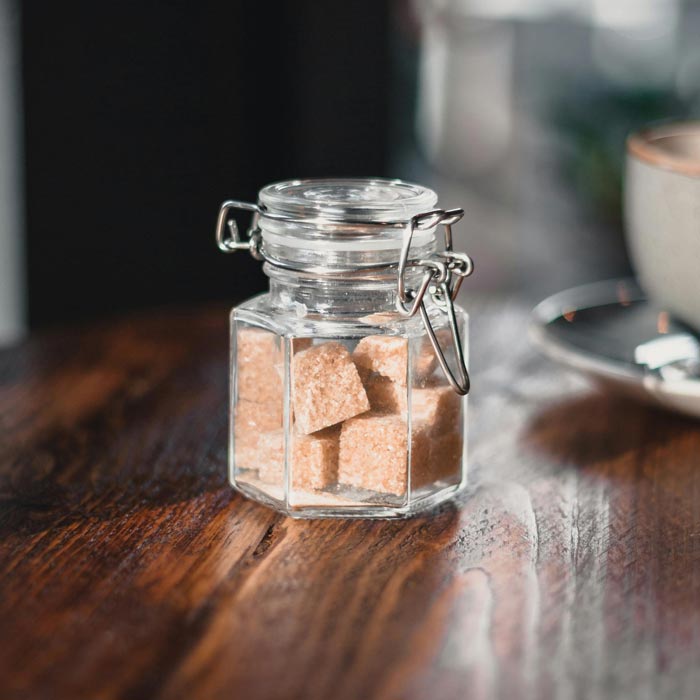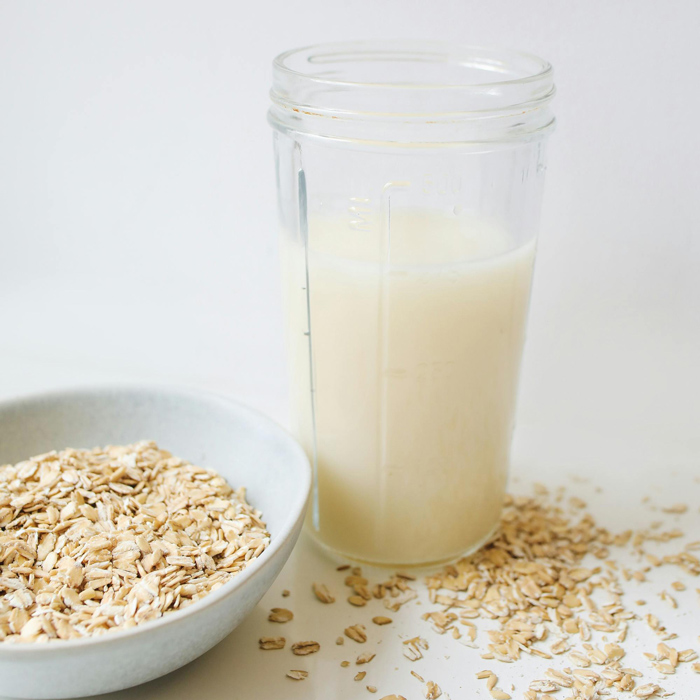Why Do I Crave Sweets And Sugar In The Afternoon?
You may be familiar with the desire for a sweet treat in the afternoon. Do you feel powerless when cravings hit? Learn how to control your cravings and your health by understanding the reasons behind them.
What is a desire?
A craving is an anticipation of pleasure, reward or a surge of feel-good chemical. Sugar-sweetened foods are a major source of cravings. Some experts warn that sugary food may be just as addictive as certain drugs. Sugar is metabolized in the brain, releasing feel-good chemicals and activating pleasure centers. Food memories are also formed when sugar is metabolized.
Good news: Cravings are usually short-lived. They last only a few minutes, and then the brain chemicals settle down. The feeling that “I have to have it now!” will soon fade. Here are five reasons you might feel a desire and some solutions to deal with it.
[ruby_related heading=”More Read” total=3 layout=1 offset=5]
Habits
Habits enable our brain to run automatically for certain tasks. This allows us to save cognitive power for other tasks such as learning, complex decision making, and new skills. Habits are formed when you experience a stimulus repeatedly, engage in a behavior and receive some form of reward. This cycle of cue, routine and reward is called a habit loop. Charles Duhigg describes it perfectly. A crave is the anticipation of reward.
Do you eat a cookie each afternoon? You can eat a cookie every afternoon.
Grab a sweet treat every night after dinner? You can reward yourself with a sweet treat every night after dinner.
As you do an activity more frequently, your brain creates more neural networks that make it easier to perform. It makes habits feel automatic, requiring less effort and brain power. When we are stressed, emotional or overwhelmed, we tend to fall back on “old habits”. Our brain searches for an easy button. If we don’t break the habit-loop, cravings can last for a lifetime. You can expect to see a decrease in cravings within 4 weeks. However, it could take longer depending on the individual and how they are rewarded, cued, or rewarded.
Here are some common triggers for sugar cravings.
1. Blood sugar lows
The roller coaster ride of blood sugar swings can lead to cravings. Your pancreas releases too much insulin when your blood sugar is high. This can cause a sudden drop in your blood sugar. Your pancreas could be releasing insulin but your cells cannot extract more sugar. This low blood sugar can be a warning sign that you need to increase your sugar intake.
2. Feel better/pleasure
Sugar, which is a neurotransmitter that makes you feel good, can make many foods elicit a feeling of pleasure. Sugar can be a quick fix for those who are emotionally depressed, physically tired, or both.
3. Caffeine crash
Caffeine has a half-life of around six hours. However, some people can metabolize it faster due to their genetic makeup. Caffeine’s half-life expires between 2-3pm if you drink coffee from 7-9am. The caffeine crash can make you feel drowsy, especially if there are other factors that deplete your energy, such as low blood sugar or poor sleep. It may also trigger sugar cravings.
4. Poor sleep
Research, and many experts recommend that sleep quantity and quality must be prioritized to minimize the risk of metabolic dysfunction or weight gain while maintaining brain health. Sleeping less than seven hours per night can also increase the desire for sugar, fat and salt, as well as reduce willpower and affect complex decision making. When you’re sleep-deprived, your brain and body are looking for an easy way out. When you have poor sleep habits, it is easier to adopt automatic behaviors, as opposed to engaging in activities that require willpower or more effort.
5. Withdrawal
You may experience withdrawal symptoms, as well as the associated cravings, if you have recently reduced your regular habits, such a smartphone usage, caffeine consumption or sugar intake. Keep your head up and remember that withdrawal symptoms will subside after a few weeks of restriction or abstinence.
You can find out more about this by clicking here.
You can address the underlying causes of your cravings
Use the section above in order to determine and address your own personal reasons for cravings. Do you have a sweet tooth at certain times of the day? To slowly retrain the brain, replace that habit with something more pleasurable and healthier (drinking tea or going for a stroll, reading a book, etc.). Experiencing blood sugar lows? To stabilize your blood sugars, reduce your cravings, and help you maintain a healthy level, try to increase your fiber intake and do regular zone 2 exercises. Sleeping poorly and feeling tired all the time? You can improve your sleep schedule and hygiene, or consult a sleep specialist. You may find that your cravings are often overwhelming until you improve your sleeping habits.
Create a supportive atmosphere
Keep trigger foods out of the workplace and your home. If unhealthy foods are readily available and convenient, they tend to be consumed more, even if their consumption does not align with your goals. Create an environment that is supportive of your goals and supports you, not one that is constantly against them. Even if you have a strong willpower right now, the world will throw you challenges. Lack of sleep can cause your willpower to be weakened by stress, grief, depression or trauma. You are more likely to pick easy, quick and convenient food from your surroundings.
Distraction is the key
Distraction is important because cravings tend to be short-lived. After a few moments, you will feel the craving diminish. You can try taking a walk or going outside to enjoy nature. You could also call a friend or read a chapter in your book.
Enjoy your treats with a mindful mind
Get rid of food guilt. Plan your treats carefully and ensure that the food, calories and health effects are worth it. Even if you don’t plan to treat yourself often, it is still important to follow this rule. Do you like cookies? Do not settle for “meh” cookies. It is ok to have a few bites and then decide that it’s just not worth the effort. Focus on the texture and aroma of the food as you sit down. Slowly enjoy your treat so that you can savor every bite.
Even though cravings can resurface up to a year later, if the same cue is repeated, having a healthier habit as your go-to routine will help you avoid impulse cravings and keep you on track with your health goals. You can take control of your health and food by identifying your personal reasons for cravings and practicing these solutions on a regular basis.






